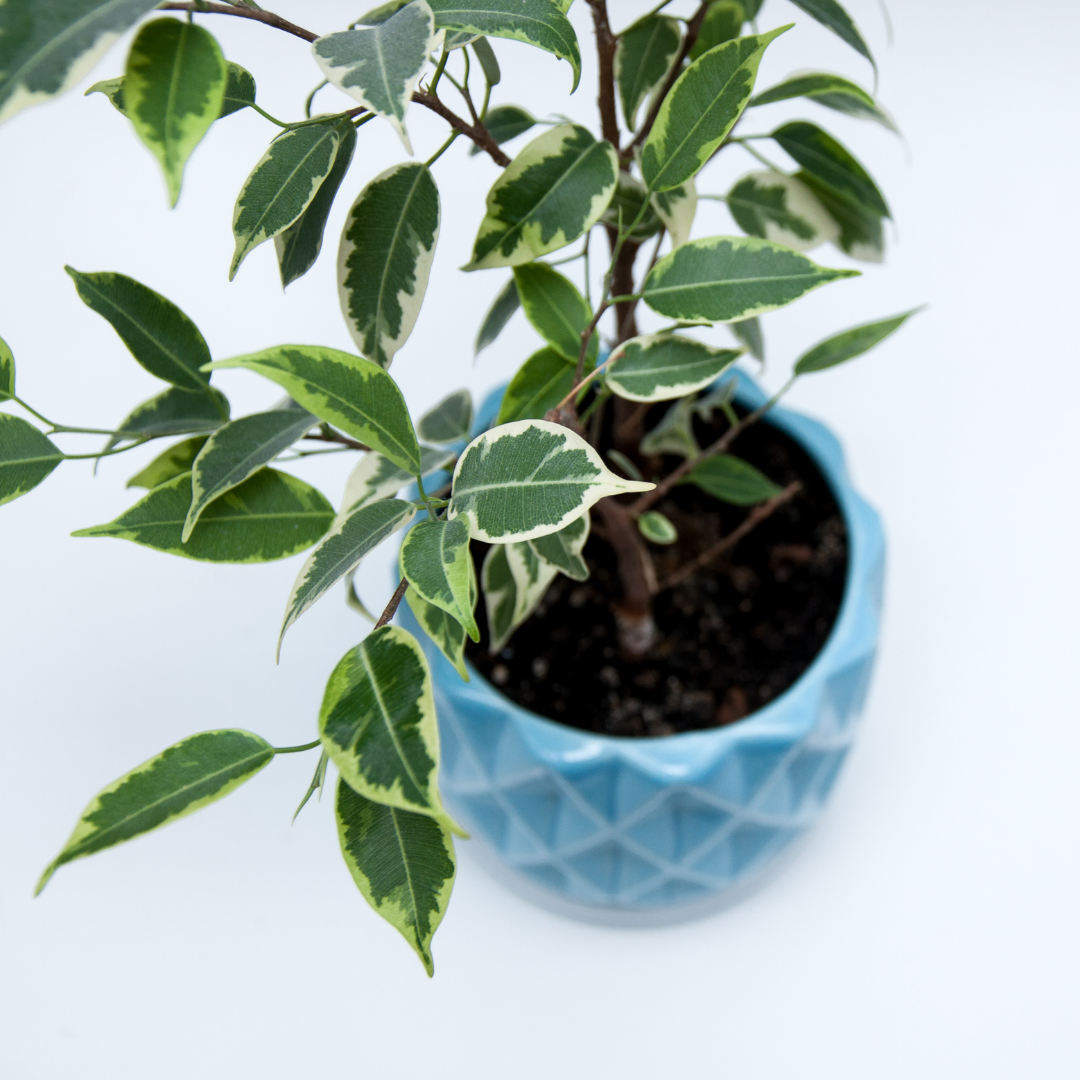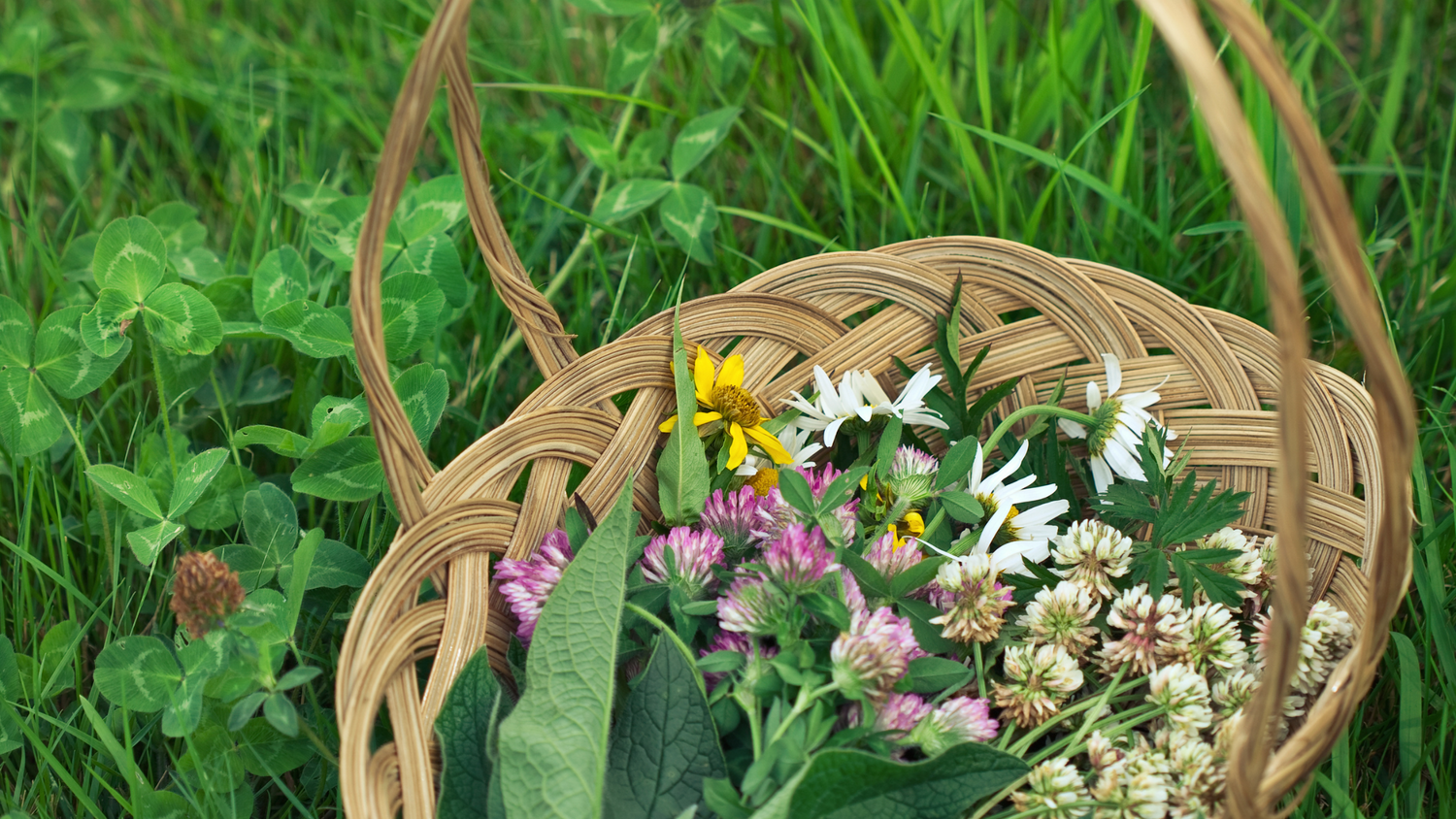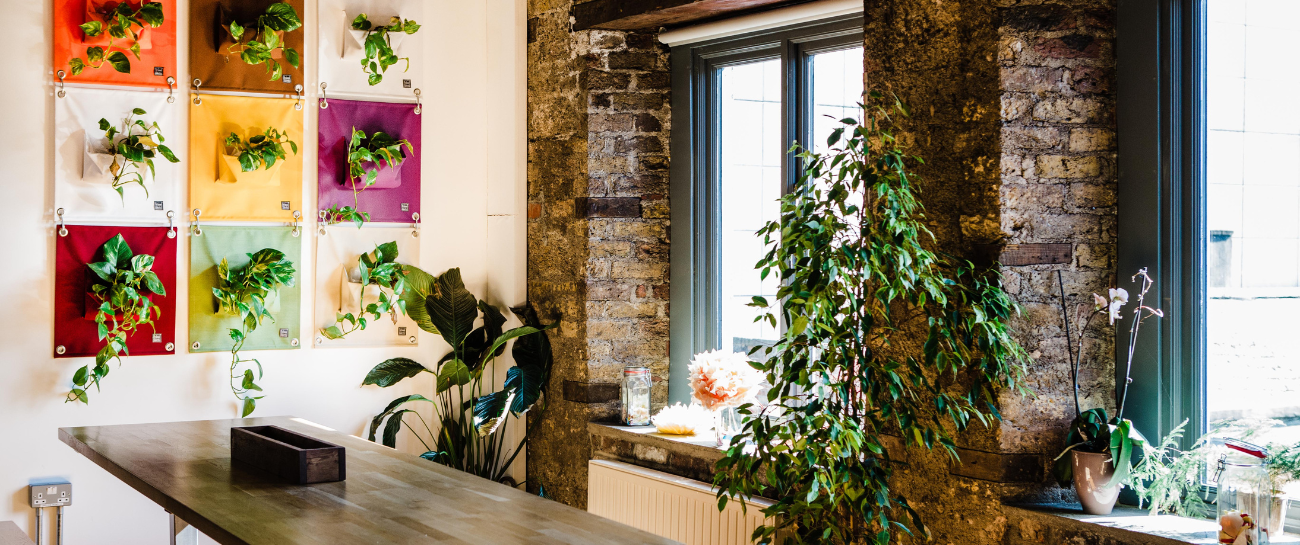The "Ficus Benjamina", commonly known as "Weeping Fig", "Benjamin Fig", or "Ficus Tree", is a species of flowing plant in the Moraceae family where there are about 800 species of woody trees, shrubs and vines. It is native to tropical regions throughout Asia and Australia and is known as the official tree of Bangkok.
It is an elegant plant with slender branches that arch gracefully from a light grey trunk, with dense, glossy dark leaves that may shed when the plant is stressed. Because of its’ striking appearance, this popular indoor plant makes regular appearances in homes and offices across Ireland.
This plant is no “one-trick pony” beyond aesthetics; the Ficus Benjamins is one of the best plants for improving indoor air quality and has one of the top removal rates for airborne toxins such as formaldehyde benzene and trichloroethylene.

Common Problems with Ficus Benjaminas
Losing leaves
Leaf loss is quite common for Ficus trees and is considered “normal” as long as the loss is regular and there aren’t too many leaves falling at once. If your ficus is losing many leaves, the first thing we recommend is to check the water levels. The Ficus Benjamina enjoys moist soil but not too soggy. If it has been standing in waterlogged soil for a long time, it could be suffering from root rot, leading to leaf loss.
Other reasons for ficus leaf loss include:
- Transplant shock from a sudden change of location or from being repotted.
- Lack of light
- Lack of humidity
- Exposure to drafts or cold temperatures.
The good news is that with early issue detection and some targeted care, your Ficus should quickly bounce back to its beautiful self in no time.
Pest Problems
The Ficus Benjamina is vulnerable to certain insects and parasites.
Yellowing leaves can often indicate the presence of mites. You can purchase an organic mite killer from many gardening stores to treat the affected areas.
Sticky leaves with white blisters can be a tell-tale sign of mealybugs or scale insects- the most common plant-parasitic infestation. Your Ficus should be treated immediately to avoid irreversible damage to the plant. We recommend a quick home remedy involving 1 litre of water combined with 1 tsp of either dishwashing soap or vegetable oil. Spray the leaves of your Ficus one per day for 3-4 days until the issue is resolved.
Whiteflies are known to be attracted to Ficus Benjaminas. A quick shower or regular misting of the leaves should help keep them at bay.

How to care for your Ficus Benjamina
Nonverbally and yet unmistakably, the; Ficus tree “tells” us when it does not feel well. The popular indoor plant reacts to a disorder by dropping off the elegant shining leaves. This sign requires immediate action so that the evergreen ambassador of the tropical rainforest atmosphere does not die.
Once properly settled in and if it isn’t disturbed too often, the Ficus tree is a plant that is relatively easy to care for. Ficus is only picky about its exposure, its watering and must be guarded against rapid temperature changes. Here are a few of our top Ficus Benjamina care tips:
![]() Light- Likes a bright spot in Irish weather. Select a spot with bright, filtered light. Place your Ficus away from open doors and heaters. Also, avoid large windows that change the temperature between day and night.
Light- Likes a bright spot in Irish weather. Select a spot with bright, filtered light. Place your Ficus away from open doors and heaters. Also, avoid large windows that change the temperature between day and night.
![]() Water- Avoid overwatering your Ficus. The most common mistake people make is to add more water once leaves turn yellow. This is the opposite of what you should do. Water moderately and less in winter. Keep it steadily moist but not too wet as this can lead to root rot and loss of leaves. It cannot tolerate standing in water so ensure to keep in a well-draining pot. Misting the leaves in the summer is advised.
Water- Avoid overwatering your Ficus. The most common mistake people make is to add more water once leaves turn yellow. This is the opposite of what you should do. Water moderately and less in winter. Keep it steadily moist but not too wet as this can lead to root rot and loss of leaves. It cannot tolerate standing in water so ensure to keep in a well-draining pot. Misting the leaves in the summer is advised.
![]() Temperature-. Enjoys average room temp of around 16°C- 24°c however, the Ficus usually adapts to the room’s temp. When growing ficus indoors, it’s important to maintain relatively high humidity around the plant. Regular misting or setting the ficus tree on a pebble tray filled with water is a great way to increase their humidity levels.
Temperature-. Enjoys average room temp of around 16°C- 24°c however, the Ficus usually adapts to the room’s temp. When growing ficus indoors, it’s important to maintain relatively high humidity around the plant. Regular misting or setting the ficus tree on a pebble tray filled with water is a great way to increase their humidity levels.
![]() Feed- We recommend using a diluted fertiliser once a month from April until September. October - March should be a rest period without fertiliser.
Feed- We recommend using a diluted fertiliser once a month from April until September. October - March should be a rest period without fertiliser.
![]() Cleaning- Your growing tree will enjoy having old leaves removed and being pruned to the size that suits its indoor living space, especially if it is healthy and growing well where it now sits. Pruning is best done after summer and before the following spring.
Cleaning- Your growing tree will enjoy having old leaves removed and being pruned to the size that suits its indoor living space, especially if it is healthy and growing well where it now sits. Pruning is best done after summer and before the following spring.

Where to place your Ficus Benjamina at home?
A nice bright spot is their preference and somewhere with enough space for height and width growth, ready for when it matures.
The larger Ficus Benjamina varieties look excellent standing within corners, seated inside a patio or near a fireplace. You are likely to have seen these displayed in hotel foyers, offices, or shopping centres to brighten up open spaces. The smaller fig and bonsai types can sit where you find enough room, such as bookshelves, tabletops or a windowsill as long as there is enough bright light.
Stuck on ideas on how to showcase your Ficus Benjamina? Here is a mood board we’ve put together for your inspiration:

Wherever you decide to place your Ficus Benjamina, remember they do not like to be moved around often. Therefore, the spot you choose will likely become their forever home, so choose wisely! Bright indirect sunlight, ample humidity and average temperatures make for the perfect Ficus environment.

Where to buy a Ficus Benjamina Plant Online?
Looking to add a Ficus Benjamina to your growing indoor plant family? You can choose from 2 size varieties currently available on our online plant store.
Small: Available to shop here Large: Available to shop here
If you enjoyed this blog, why not check out some of our similar posts:





